It is an aesthetic born of counterculture. One defined by a potentially insufferable amount of black clothing, wearing a lot of straps on your pants for seemingly no reason (it looks cool, okay), and copious amounts of eyeliner. The subcultures that have fractured from the original are too many to number but there’s something to be said for the defining factors of listening to music that’s outside the norm and creating art that’s meant to be a little out there and a little (or a lot) provocative. It’s counterculture, so that means relishing a bit in the over-the-top, in the grit, in the glamor, in the dark.
Also, sometimes one is just extremely lazy and an entirely black wardrobe makes getting dressed in the morning easy, but I’d like to think there’s more to it than that. So I have five books that I think cut to the heart of it all and are extremely Goth.
Gideon the Ninth by Tamsyn Muir
Buy the Book


Gideon the Ninth
A book that asks the incredible question: What if corpse paint—a popular make up style in black metal bands, for the uninitiated—was a legitimate part of the world building? What if everyone in the cast was extremely goth? What if one of the main characters was a girl so goth that she wears a human skeletal ribcage as a chest piece? Not only all of that, but Gideon is the first true Goth Jock I’ve ever seen in a book. I have yearned for that Goth Jock representation. Gideon the Ninth is a mystery and a hack ‘n’ slash and the most fun you can have with a skeleton (probably?). It’s about two girls who absolutely spitting hate each other and are forced to work together when Harrow, a necromancer, is called to become one of the Emperor’s closest contingent of necromancers, but a necromancer can’t ascend without their cavalier, and thus Gideon is dragged—not entirely willingly—along for the ride. Give this one to all goths, honestly, every kind of goth.
Titus Groan by Mervyn Peake
Buy the Book
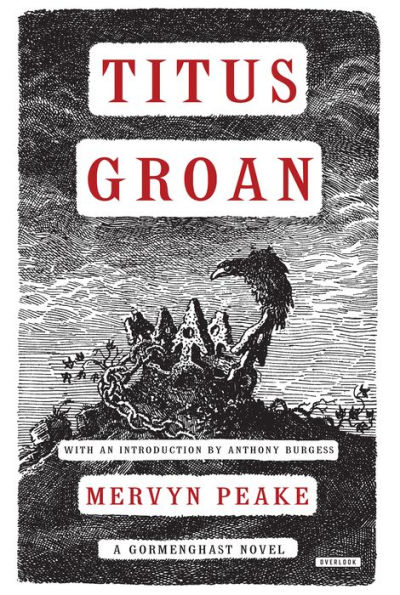

Titus Groan
Perchance the proto-Goth fantasy? The original? Possibly not, but one that every weird Goth should read. Gormenghast is a dense narrative about a doomed lord, a villainous kitchen boy determined to rise above his station, and the myriad of unusual and bizarre individuals who populate a sprawling and decrepit manor. It is a grotesquery of prose, absolutely drenched in the most exquisite, over the top imagery. Fuchsia Groan is for every teenage goth girl who has wanted to be extremely dramatic all the time because no one—absolutely no one—can understand what she’s going through. If you’re looking for something with a fast plot, turn your gaze elsewhere, but if you want to really settle in Gothic Weirdness, then Titus Groan is the book for you.
The Monster of Elendhaven by Jennifer Giesbrecht
Buy the Book
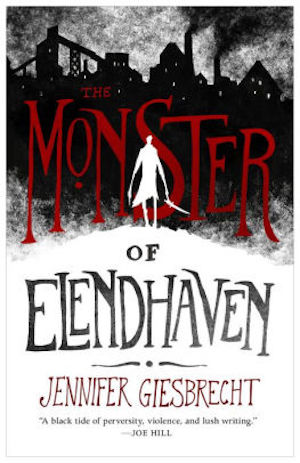

The Monster of Elendhaven
This book is an oil slick. It’s a revelation. It revels. In a city in its death throes, Johann discovers he cannot die. When he meets a young nobleman with a vicious streak bent on revenge, well, very little can stand in their way. There’s knives! There’s a plague! There’s a delicious twisted romance! There’s an incredible amount of worldbuilding for a package that’s less than two hundred pages. Horror and fantasy with a streak of decadence for the goth that likes things more than a little bit grungy.
The Year of the Witching by Alexis Henderson
Buy the Book
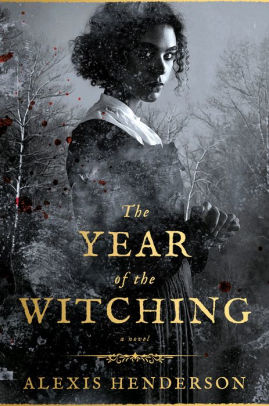

The Year of the Witching
Immanuelle must navigate a stiflingly patriarchal world where witchcraft is answered with a pyre, and her own dark powers put her in danger. This book has plagues! Feminism! A lightly unhinged boy who has prophesies but is doing his best! One of the most gloriously wild and bloody endings to a book I’ve ever read! The Year of the Witching is an extremely fresh take on the conflict between religion and magic. Perfect for all witchy Goths and those who love riveting horror.
Wintersong by S. Jae-Jones
Buy the Book
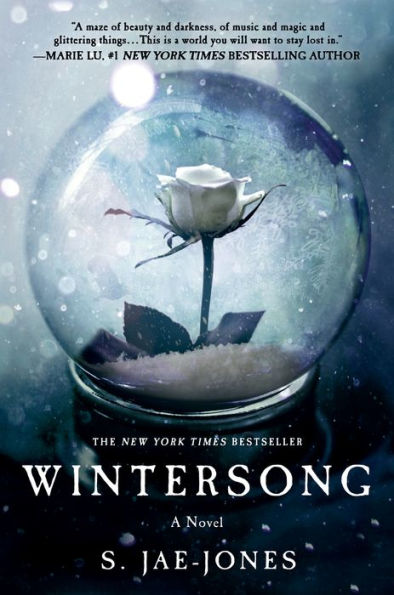

Wintersong
Wintersong is for the drama goths, the ones who watched Phantom of the Opera (2005) at an extremely impressionable age and never quite recovered. Or, an even more apt comparison, the ones who watched Labyrinth at an extremely impressionable age and never recovered. When Liesl’s sister is taken by the Goblin King, she takes it upon herself to go into the Underground to bring her back. Darkly romantic and atmospheric in all of the best ways, this book reads like a fever dream you never want to wake from.
Emily A. Duncan is the New York Times bestselling author of Wicked Saints. She was born and raised in Ohio and works as a youth services librarian. She received a Master’s degree in library science from Kent State University, which mostly taught her how to find obscure Slavic folklore texts through interlibrary loan systems. When not reading or writing, she enjoys playing copious amounts of video games and dungeons and dragons.










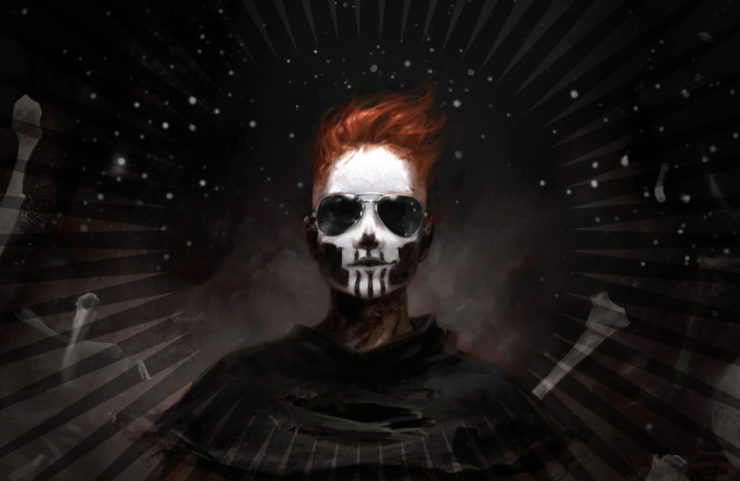
Gideon the Ninth and The Monster of Elendhaven is seriously some best and wicked books I’ve ever read. I’m excited for The Year of the Witching tho!
I read Titus Groan last week, and am taking a break before diving into Gormenghast. These books are so Gothic I can feel my clothing changing into a diaphanous gown with bonus candelabra.
Not a goth fan. Did not think I would like Gideon9. Fantasy, sci fi, necromancy? Naw. Loved it! Highly recommend. Waiting on Harrow9.
Tanith Lee has become somewhat obscure on this side of the Atlantic. Recommended for reader looking for fiction lush and decadent.
Just remember what happens when Goths discover the color brown: Steampunk…
I second James Davis Nicoll’s recommendation of Tanith Lee. The Secret Books of Paradys and The Secret Books of Venus are both fantastic (and fantastically twisted) series.
“Lost Souls” by Billy Martin writing under the name Poppy Z. Brite.
”Silk” by Caitlin R. Kiernan.
How can ANY list not include these tw
Heh. I give inappropriate honorable mention to No Country for Old Gnomes by Delilah S. Dawson and Kevin Hearne. It doesn’t really belong here — it’s many delightful things, but not much like the books above. But one of its wonderful protagonists is Goth by preferred aesthetic, which is especially rebellious in his quite forcefully cheerful and colorful culture. (All of the Tales of Pell series protagonists are outcasts or misfits of some kind, and I love them.) Thus its dedication literally reads: “To the unsung Goth heroes. We’re singing your song.”
Mary Gentle’s Ash: A Secret History has a Visigothic empire capitalled in Carthage invade Europe in the Fifteenth Century.
Wrong Goths? Well, sure, but what if I told you that Visigothic Carthage lies under a curse of endless night?
@7 Yes! I read Lost Souls when I was a fifteen-year-old gothling like Nothing and it changed the trajectory of my life. It was all Tom Waits, Bauhaus, New Orleans, and black lipstick after that. Loved Silk, too. Caitlin Kiernan’s early work still fits the bill. I bought their first chapbook Candles for Elizabeth in a Connecticut Hot Topic. Their early short stories were also in Carpe Noctem magazine. The *best* goth magazine. All the same pretty boys, but none of the troubling fascist imagery of Propaganda.
I also want to raise my voice for Tanith Lee. She is the quintessential goddess of dark gothic wonder. Not mentioning her in such a list is frankly surprising. Now, if you want to list only recent works or new releases for promotional purposes, it’s a different matter.
Incidentally, today, May 24, 2020, is the 5th anniversary of Tanith Lee’s death. You can’t get more Goth than this, that even in mentioning, death’s decadent shadow follows her…
The fact that nobody has mentioned Clive Barker’s earlier work is nuts. The Hellbound Heart, Books of Blood, Cabal, Weaveworld… all classics and brimming with dark gothic imagery!
How could you omit the Wraeththu series by Storm Constantine? It’s even published by Orb/Tor
I have read Titus Groan and Gideon the Ninth and they are both excellent goth novels. I’m sure the others are, as well, and I am glad to have them brought to my attention.
But, meaning no disrespect, why are four of the five books from the last 3-4 years or so, when no time limitations are specified, and gothic fiction can be traced back to Edgar Allen Poe, Ann Radcliffe, Mary Shelley, Matthew Gregory Lewis, etc?
For more recent authors, I want to second those mentioning the gothic works of Storm Constantine and the late, lamented Tanith Lee.
Constantine’s Wraeththu series, in addition, entirely embraces the sexual androgynies that are a part of goth.
I should probably also mention The Crow, the goth comic book / graphic novel series created by James O’Barr, which is the basis of the goth movie of the same name starring the late, lamented Brandon Lee.
I am curious why this list of finite length is not instead of the infinite variety?
I expect this is a geographical and generational thing. Lee’s popularity in North America (and ability to get a North American edition with a half-way enticing cover) fell off after 1990. When I did A Year of Tanith Lee back when, the more recent the book, the more likely I’d have to turn to my UK book source. While DAW has reprinted some of Lee’s better known books, others were consigned to less imprints. Thus her collection of re-imagined fairy tales Red As Blood, which once featured a Whelan cover
Currently has this cover:
Any fan of Gaiman’s 1994 “Snow, Glass, Apples” might find Lee’s 1979 “Red as Blood” of considerable interest.